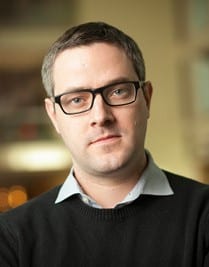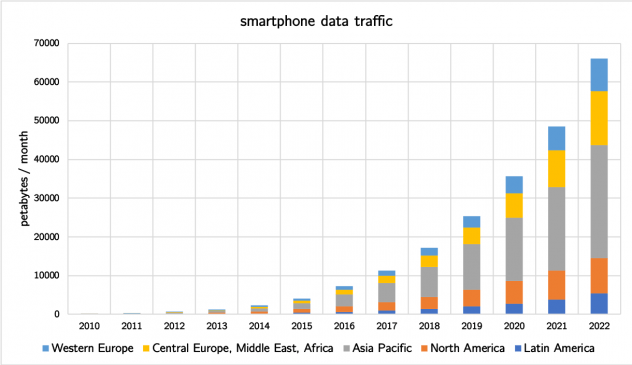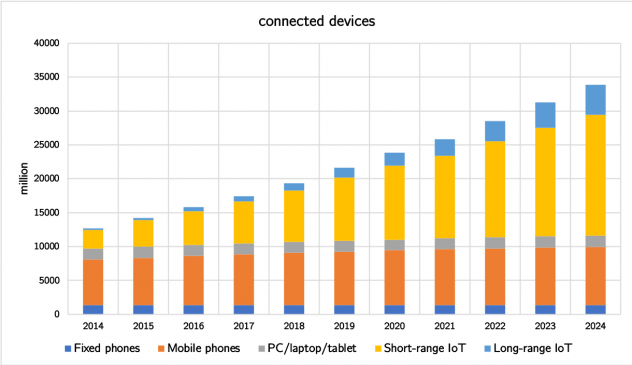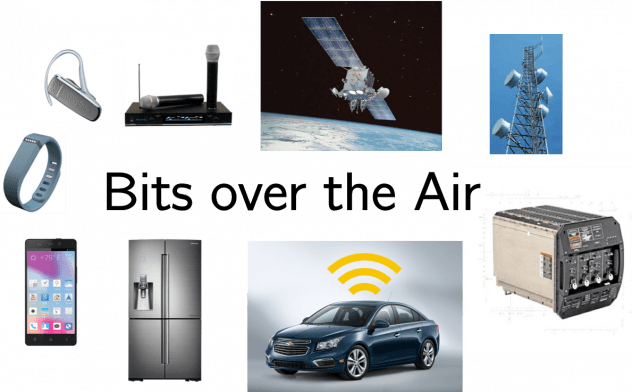2019 Project: Bits over the Air: Exploring Wireless Systems
Faculty Director: Professor Christoph Studer
Department: School of Electrical and Computer Engineering, Cornell University
 Prof. Christoph Studer’s research is at the intersection of communication theory, algorithm development, and digital integrated circuit design. The current focus of his group (website) is on the design of next-generation wireless communication systems. The ultimate goals are to (i) increase data rates (enabling higher-resolution video streaming on smartphones or tablets), (ii) reduce latency (enabling on-line gaming on mobile devices without lag), (iii) improve range and coverage (enabling wireless connectivity always and everywhere), and (iv) reduce power consumption (resulting in longer battery life).
Prof. Christoph Studer’s research is at the intersection of communication theory, algorithm development, and digital integrated circuit design. The current focus of his group (website) is on the design of next-generation wireless communication systems. The ultimate goals are to (i) increase data rates (enabling higher-resolution video streaming on smartphones or tablets), (ii) reduce latency (enabling on-line gaming on mobile devices without lag), (iii) improve range and coverage (enabling wireless connectivity always and everywhere), and (iv) reduce power consumption (resulting in longer battery life).Project Background
Wireless communication is ubiquitous in our daily lives. For example, smart phones enable us to call our friends for hours, stream high-resolution videos in the subway, and play online video games with friends across the globe. Other examples of wireless systems include communication with satellites or submarines, tracking of birds’ flight paths, paying wirelessly with your phone, or remote-controlling quadcopters. Most of us perceive wireless communication as a commodity, mainly due to the facts that existing systems are reliable and offer sufficiently high data rates in most situations. However, Ericsson (an industry leader in telecommunications and networking) has forecasted that the global mobile data traffic will increase to 35 exabytes (35,000,000,000,000,000,000 bytes) per month by 2020. In the same year, the number of wirelessly connected devices is expected to reach 25 billion, mainly driven by the Internet of things (IoT)—the idea that any kind of device or sensor will be connected to the Internet. Since the wireless systems that are used today are already reaching their performance limits, the trends towards extreme data rates with billions of connected devices requires new wireless technologies.
Sitting at the interface of theoretical modeling and hardware implementation, Electrical and Computer Engineering (ECE) is at the forefront of wireless communication system design. Concretely, wireless system design requires a unique interdisciplinary skill set, including applied mathematics, signal processing, computer architecture, integrated circuit design, probability and statistics, electromagnetics, and antenna design—all of these are part of ECE and must come together when designing the wireless systems of the future.


Ericsson’s predictions of smartphone data traffic and number of connected devices
(source)
Project Description
The week-long CATALYST design project will provided a unique hands-on-experience in wireless system design and exposed the scholars to the broad range of fields covered by ECE with the goals of (i) learning how digital information (bits) is transmitted over the air and (ii) building a real-world wireless communication system. More concretely, three guided laboratory sessions will teach the fundamentals of wireless communication using real-world experiments with acoustic (via sound waves) and optical (via infrared) communication. In the first lab, the scholars learned basic programming techniques and the tools necessary to analyze communication signals. The goal was to build a spectrum analyzer, similar to these well-known “frequency equalizers” in ’80s boomboxes. In the second lab, the scholars learned how to transmit digital information (bits) over a cable and how to protect the transmitted information from errors. The goal was to build a rudimentary wired communication system. In the third lab, the scholars combined the acquired knowledge in order to build their first wireless communication system that was able to transmit digital information (bits) over the air. The goal was to understand and solve difficulties that arise in practice, including noise that occurs in analog circuitry, interference with other communication systems, and the time-variant nature of wireless channels. With the acquired knowledge, scholars then worked in groups in order to build a robust wireless communication system that either maximized the data rate or the communication range without errors and without causing interference to the other groups’ systems. In the final presentation, the groups demonstrated the capabilities of their communication systems.

